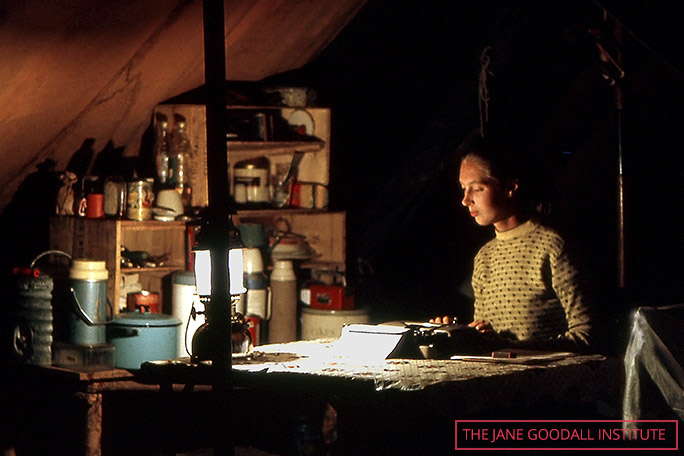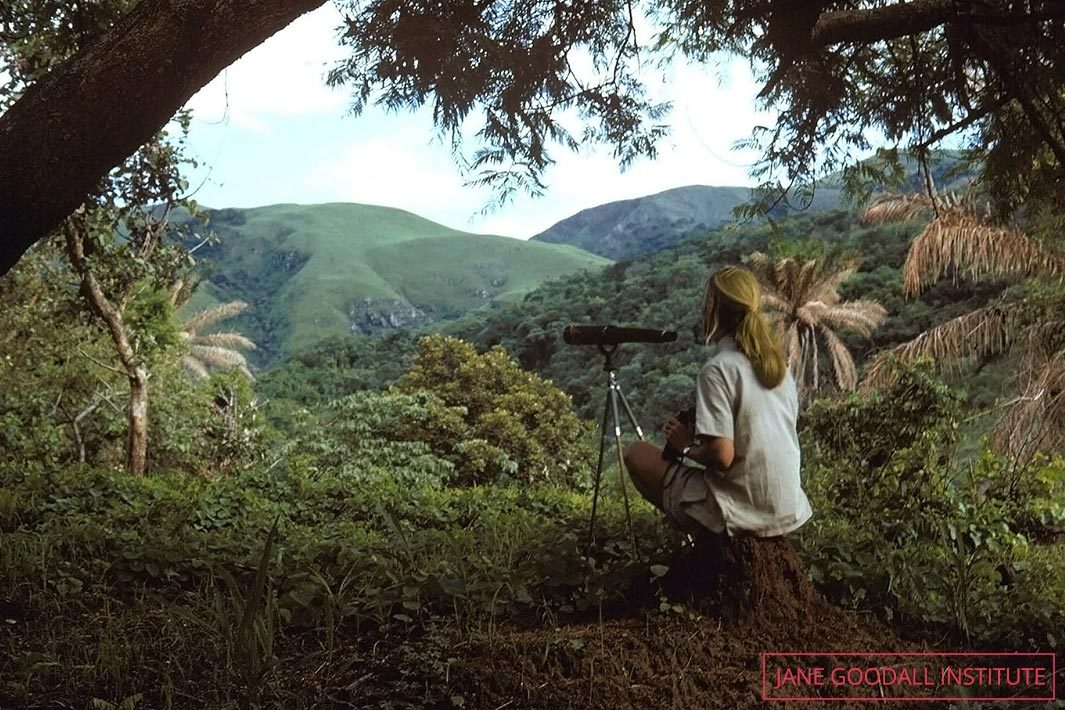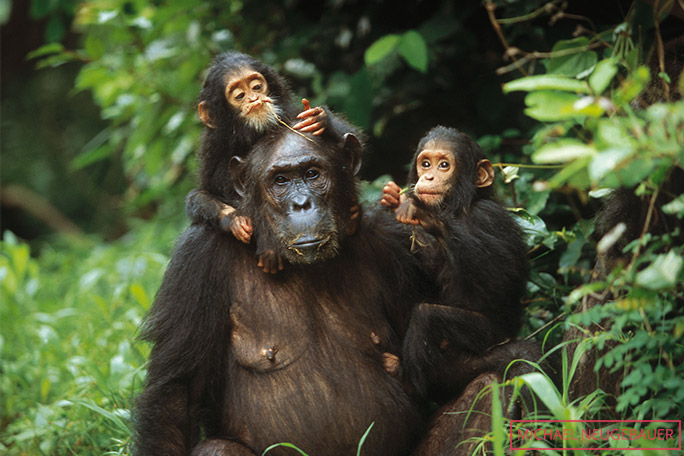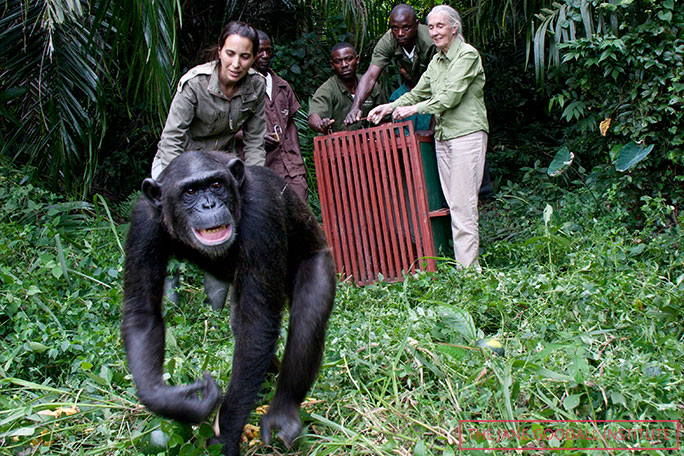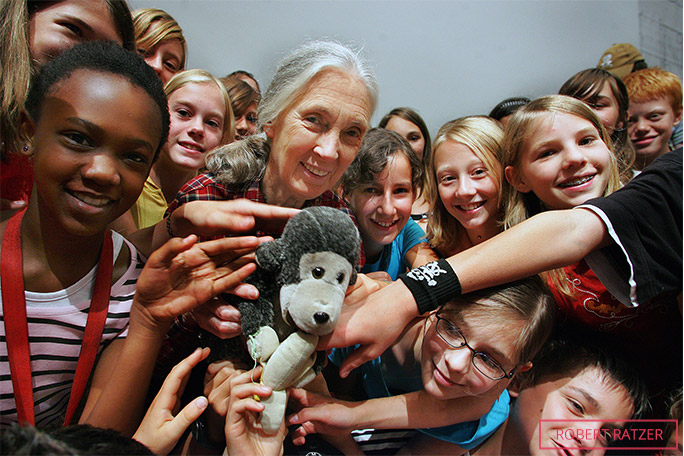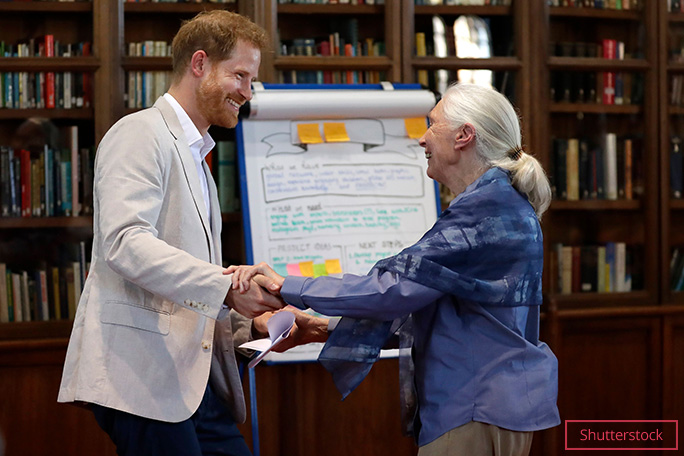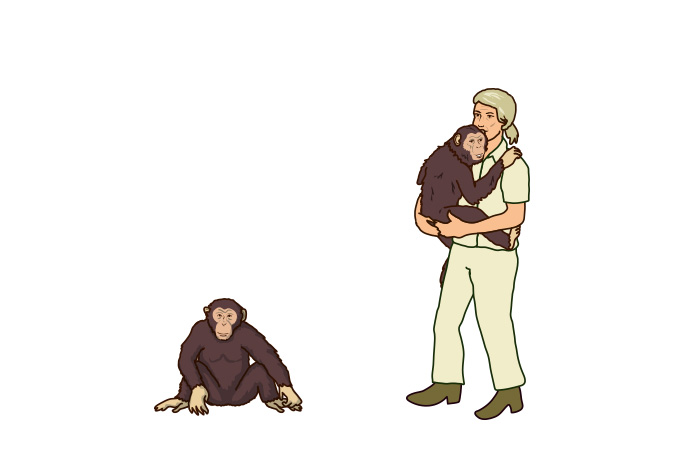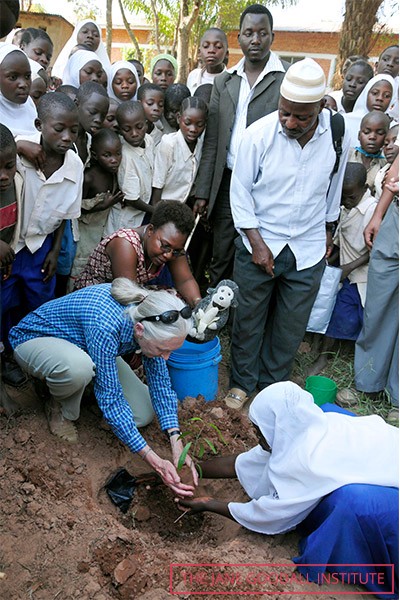Jane... and Tarzan
But going back to where it all began, even as a child, Jane’s passion for nature was apparent from a young age. Rather than the more common teddy bear, Jane had a beloved toy chimpanzee known as Jubilee.
Stories such as Doctor Dolittle, The Jungle Book and Tarzan were the most well-read on her bookshelf. Indeed, by the age of just 10, she’d made up her mind that she would travel to Africa one day to see these fictional animals’ wild counterparts with her own eyes.
At the time, Jane didn’t exactly receive universal support for her commendable ambition, as she revealed: “Everyone laughed. World War II was raging; Africa was far away; my family had little money, and I was a mere GIRL!” But she did have one key supporter in her mother. Her words of advice to her daughter were: “If you really want something, you may have to work very hard, take advantage of opportunities, and never give up.”
The opportunity presented itself (or more accurately, Jane engineered it) while she was visiting a school friend in Kenya in 1957. There, she arranged a meeting with the eminent palaeontologist Louis Leakey to discuss his ideas, which revolved around the premise that much could be learned about human origins by studying our primate relatives today. After initially doing some secretarial work for him, Leakey quickly realized Jane’s potential was being grossly under-utilized, and so arranged for her to be tutored by some of the foremost primatologists with a mind to her becoming his official assistant.




